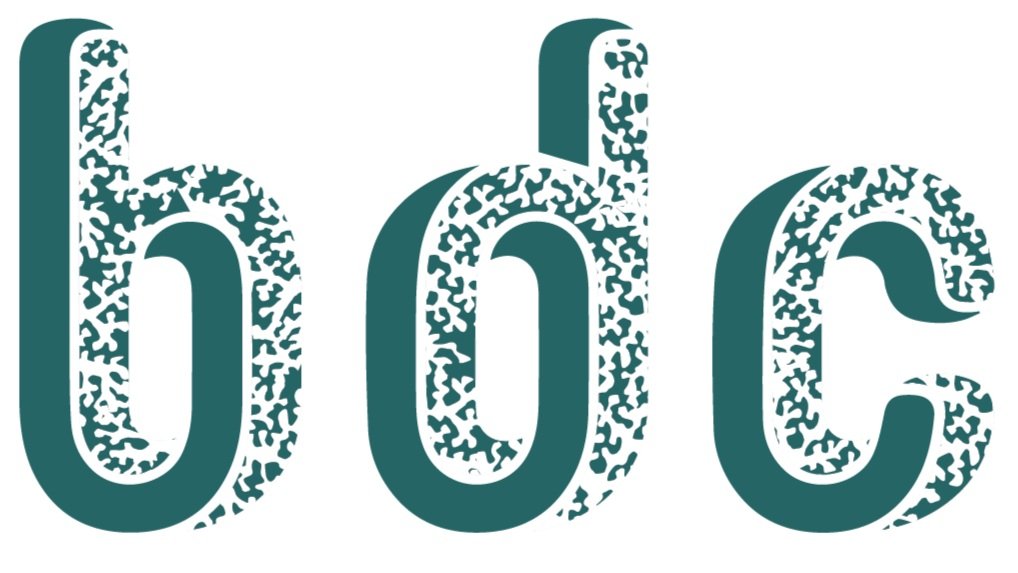Anna Budnikova, BDC 2019, Higher School of Economics
Anna Budnikova is a BDC 2019 alumni from National Research University Higher School of Economics in Moscow. She is the winner of the BDC 2019 Outstanding Science Prize for her project Mycokarst. Anna founded and is managing partner of M-A SPACE, an energy-efficient and experimental architecture and design firm.
What is your educational and professional background?
I graduated from Kazan State University of Architecture and Engineering in Russia. My graduation project was an experimental scientific design dedicated to water management and rooted in architecture and biomimicry. My Mycokarst project marked the beginning of my engagement with biodesign and ecological science. After graduating with my master's degree, I was faced with limited options to practice these fields in Moscow since innovation projects such as Mycokarst receive very little attention in Russia and much more in Europe and the United States. So I decided to start my own company with a colleague called M-A SPACE, which has a focus on energy-efficiency and ecology.
MycoKarst, 2019
Can you describe your project Mycokarst? What were your sources of inspiration that led you to your project idea?
For a long time I was focused on the problem of water. But when I found out that my hometown of Kazan is on a karst platform—essentially a sinkhole—I decided to study this phenomenon specifically. Karst is a unique global problem that is caused by groundwater movement inside soluble ground rocks, leading to a variety of caves, craters, and canyons. My research focused on the ability of fungal spores to expand along the pores and cracks of the carbonate-based material and produce limestone. The expansion of these spores provide solid underground support and prevented surface infrastructure from caving in.
By measuring the carbonate-based composition of the karst ravine along the Noksa river in Kazan, the project’s experimental study showed that spores are able to bind karst soil and create a material that is extremely hard and can handle compression forces. Mycokarst technology is self-healing and does not require human intervention if it becomes damaged.
MycoKarst, 2019
Who are some individuals or companies that you consider inspirational or trailblazing in the world of biodesign? Can you tell us some sources of influence and inspirations for your biodesign practice?
Overall, I am inspired by travel and nature in the forest, where new ideas and thoughts come to me. My interest in biodesign has only been increasing as I try to expand contacts and collaborations in this field. I plan to pursue a PhD in the future.
Resources and inspirations:
Materiability Research Group in Germany
EcologicStudio in London
Professor Marcos Cruz, Bartlett School of Architecture, UCL
Mycoworks by Phil Ross




